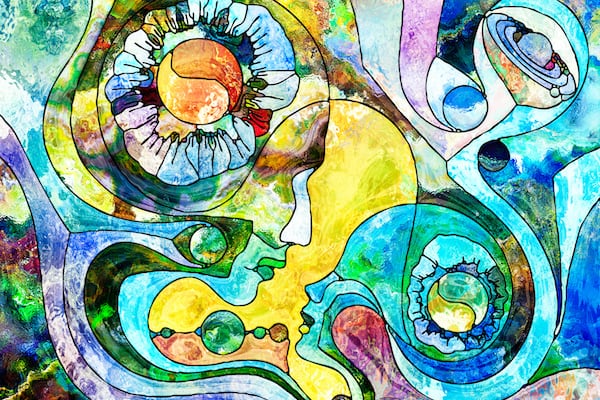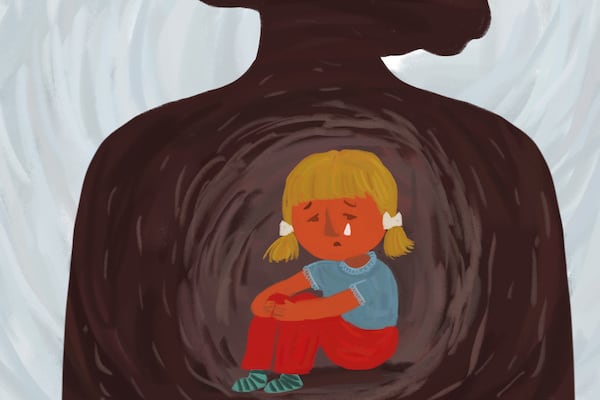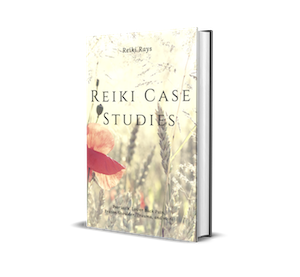The concept of the inner child, deeply rooted in psychology, represents a crucial part of our emotional and psychological makeup. It’s the part that retains the thoughts, feelings, and experiences from childhood. It encompasses both positive and negative experiences, such as joy, innocence, and creativity, as well as the wounds, traumas, and unresolved emotions from our past, often dating back to our childhood. These inner child wounds can have a profound impact on our adult lives, affecting our relationships, self-esteem, and overall well-being.
The Concept of Inner Child
The concept of the “inner child” emerged as a psychological concept and metaphor over time through the work of various psychologists, therapists, and thinkers.
One of the early proponents of this idea was Carl Jung, a Swiss psychiatrist and psychoanalyst, who introduced the concept of the “divine child” as an archetype in his theories of the human psyche. Jung’s work contributed to the exploration of the inner aspects of the self, including the inner child.
However, it was in the latter half of the 20th century that the concept of the inner child gained more widespread recognition and use in psychology and therapy. Psychologists like John Bradshaw, in his book “Homecoming: Reclaiming and Championing Your Inner Child,” played a significant role in popularizing the idea and developing therapeutic approaches to address inner child issues. Bradshaw’s work helped bring the concept into the mainstream, and it has since been embraced by many therapists.
The Complexity of the Inner Child
Healing the inner child can be a complex and multifaceted journey. It’s important to recognize that the wounds an inner child may carry are not limited to this lifetime but can also extend into past lives. Therefore, addressing these wounds requires a nuanced approach, one that acknowledges the various layers of trauma and emotions that may be buried deep within. Reiki, with its intelligent and continuous healing force, can bring these issues to the surface, making it easier to heal specific aspects of the inner child.

Role of Intention and Reiki Symbols in Inner Child Healing
One of the fundamental principles of Reiki is the power of intention. Combining intention with Reiki symbols can work wonders in healing the inner child. When you become aware of a resentment or emotional issue connected to your inner child, you can set the intention to heal that aspect from its root or core. Reiki symbols act as powerful tools that amplify your intention and direct healing energy to the areas that need it most. This combination of intention and symbols creates a profound healing space for the inner child.
- The Power Symbol: The Reiki symbol CKR plays a crucial role in invoking and channelling energy for healing inner child issues. CKR acts as a switch, enabling practitioners to tap into the deeper layers of the psyche, where unresolved childhood emotions and traumas may reside. By drawing CKR, practitioners can direct Reiki energy specifically to these inner child issues, allowing them to come to the surface for healing and transformation.
- The Connection Symbol: HSZSN serves as a bridge between the present and the past, including past lives. When working with inner child issues or deeply buried traumas that may have roots in childhood or previous lifetimes, HSZSN becomes a valuable tool. By using this symbol, practitioners can establish a connection with these past experiences, bringing them into the present awareness for healing and release. HSZSN allows individuals to confront and address the underlying causes of their inner child wounds.
- The Emotional Healing Symbol: SHK holds the key to healing emotional and mental traumas, as well as negative memories, beliefs, thoughts, feelings, and experiences associated with the inner child. When invoked with SHK, Reiki energy is channelled to these aspects of the self, promoting emotional release and inner cleansing. SHK assists individuals in letting go of emotional baggage and replacing it with a sense of peace, clarity, and emotional well-being.
- The Master Symbol: DKM plays a transformative role in the Reiki healing process. When working with inner child issues, DKM is used to replace the released negative emotions and energies with positive and divine ones. It signifies the infusion of healing and higher consciousness into the spaces once occupied by inner child wounds. DKM empowers individuals to embrace their true selves, free from the burdens of the past.
Emotional Support and Trust
At times, healing the inner child involves providing emotional support and nurturing to help rebuild trust in the world and, especially, in our loved ones. Forgiveness, both of oneself and others, for past experiences is a crucial step in this process. By acknowledging and releasing old wounds, we open the door to greater self-acceptance and healing.
The Chair Technique: A Powerful Healing Tool
One effective technique for healing the inner child with Reiki is the Chair Method. This method allows you to address unresolved issues or conflicts with loved ones that may be linked to your inner child wounds. Here’s a step-by-step guide to using the Chair Method:
- Imagine three chairs: one for yourself, one for your inner child (IC), and one for the person connected to the issue or conflict. Place your IC’s chair next to yours.
- Envision Reiki energy enveloping all three chairs, creating a safe and healing space. Channel Reiki using the CKR, HSZSN and SHK symbols.
- Ask your inner child to express how they felt about the particular issue or trauma. Encourage your IC to speak, vent, or write down their feelings.
- Invite the other person to do the same. Trust your intuition to understand their thoughts and emotions, as Reiki connects all three of you.
- In this process, remain neutral. You are not taking sides but acting as a facilitator for healing.
- After both parties have expressed their feelings, your role is to lovingly communicate with your inner child. Explain the reasons behind the actions of the other person, without trying to convince. Simply bring the facts to the surface.
- Also, communicate with the other person. Let them know that regardless of their reasons, their actions did not serve the child well. Assure the child that, as an adult, you are committed to protecting and nurturing them from now on.
- Allow the other person to depart from this healing space, free of judgment.
- Channel the DKM symbol with the intention of replacing the released negative energies with empowering ones.
- Comfort your inner child. Embrace them with love, hug them, and imagine them growing to your current age, becoming one with you.
- Trust in the healing power of Reiki to continue its magic as you nurture and care for your inner child henceforth.

Healing the inner child with Reiki is a profound journey of self-discovery and transformation. It requires patience, love, compassion, and a willingness to confront the wounds of the past. By combining the intention, Reiki symbols, and the Chair Technique, you can create a powerful healing environment for your inner child. As you nurture and heal your inner child, you pave the way for greater emotional growth, self-acceptance, and overall well-being in your adult life. Remember that this is a process, and with the continuous support of Reiki, you can embark on a path to inner healing and inner peace.
Article by Reiki Master Supriya Nair
Free eBook download: We’ve created an eBook with our best articles on this topic, and offer it for free to all our newsletter subscribers.


Supriya Nair
Dr. Supriya Nair, IMD, PhD has been a Reiki and Kriya Yoga practitioner since 2008. A conduit between the scientific and spiritual worlds, Dr. Supriya has a profound fascination for the healing arts. Apart from holding the title of Usui Reiki Master Teacher, Dr. Supriya is a certified Health Coach and proficient in various integrative medicine modalities. She is also the author of "Train Your Brain to Unchain Your Pain."
To get in touch with Dr. Supriya, you can reach out via email at [email protected] or connect with her on Facebook at facebook.com/supriyanair111 and on Instagram at instagram.com/proconscious.cafe.





Leave a Reply